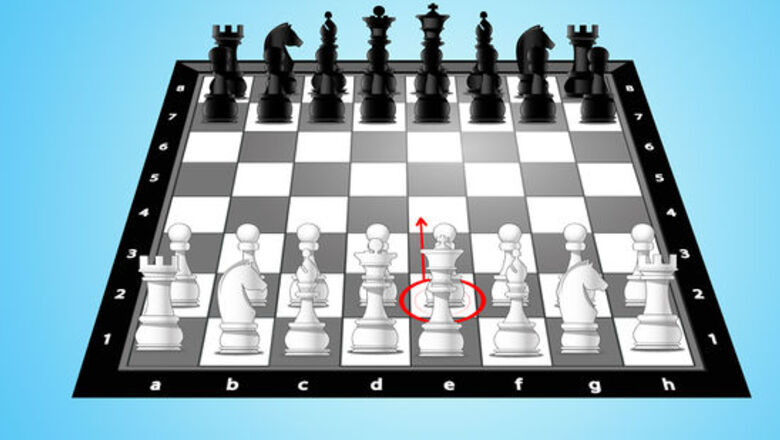
views
Getting Checkmate in Three Moves while Capturing
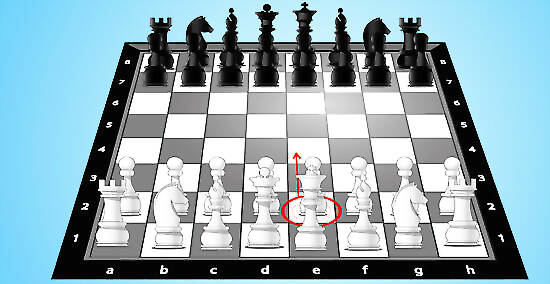
Move your king pawn forward to e4. In both of these methods, the key piece for you is your queen. The queen is the piece that you are going to use to achieve the checkmate, so your first move should be to open up space for the queen to move diagonally. Moving the king pawn forward two spaces to square e4 achieves this (e4). If you're unfamiliar with algebraic chess notation, check out the wikiHow article to brush up. As well as freeing your queen, you need your opponent to expose their king. If Black then moves their bishop pawn 2 spaces to f5 to tempt White, the checkmate in three moves is on!
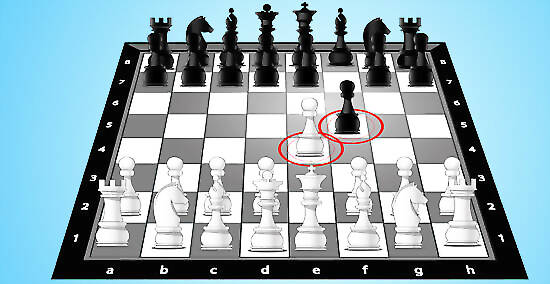
Capture your opponent's pawn at f5. Now use your pawn to capture your opponent's advanced pawn by attacking on the diagonal. Notated, that's exf5. Here, you are trying to encourage your opponent to move their knight pawn forward two spaces to g5, so it is alongside your pawn. This isn't a smart move from your opponent, but maybe you can lull them into it. The idea of this move is to make sure nothing can block off your route to your opponent's king after you make your next move.
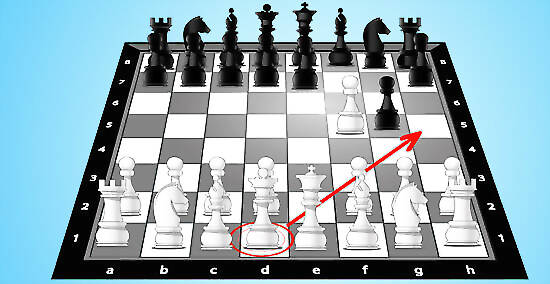
Move your queen to h5 (Qh5). Checkmate! Now, you can move your queen on the diagonal to h5 and you have your opponent's king pinned. That's game over! You'll notice that if your opponent hadn't moved their pawn forward two spaces in their last turn, they could have blocked off your queen by putting a pawn in their way by g6. You really need your opponent to play into your hands to pull off this three-move checkmate.
Call out checkmate! If your opponent has fallen into the trap, they will likely be a bit annoyed, so don't gloat too much! EXPERT TIP Sahaj Grover Sahaj Grover Chess Grandmaster Sahaj Grover is a Chess Grandmaster, World Champion, and coach, who attained his Grandmaster title at the age of 16. He has been a World Junior Bronze Medalist, World U10 Champion, South African Open 2017 & 2018 Champion, and the Winner of the Arnold Classic 2018 & 2019. Sahaj is known for dynamic attacking skills and being an excellent endgame player. Sahaj Grover Sahaj Grover Chess Grandmaster These moves are fun, but don't count on them against a high-level opponent. Most beginners learn the basics of the three-move checkmates when they first start playing, so it's really rare to see anyone fall for that. A mate in four, though, is called a Scholar's Mate, and it's actually quite common.
Getting Checkmate in Three Moves Without Capturing

Move your queen pawn to d3. This is a very similar method to the previous one. You are basically aiming to get your opponent's bishop and knight pawns forward one and two squares respectively while freeing your queen to enable it to move onto h5. The end result is the same as the previous method. You are trying to tempt your opponent to move their bishop and knight pawns. You need your opponent to respond by bringing out their bishop pawn one square to f6. It can also work if they move their knight pawn forward two squares on this turn, as long as they move the bishop pawn on their next move.
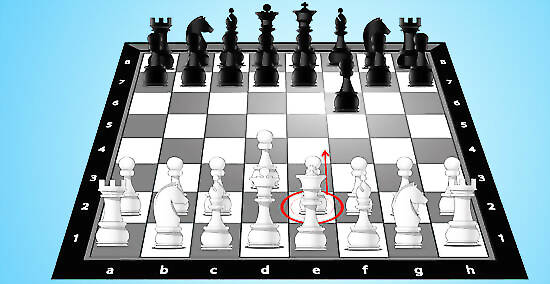
Move your king pawn forward to e4. The next move for you to make has to free up your queen so it can get into a checkmate position on the next move. To do this, move the white king pawn ahead two squares to e4. Now, you have opened up an avenue for your queen to reach h5. In order to clear the way to your opponent's king, you need them to move their knight pawn ahead two spaces to g5.
Move your queen to h5 (Qh5). Checkmate! That's it; you have trapped your opponent's king in the same position as the previous method, but this time you did it without even capturing a single piece. Game. Set. Match. Over. Again, this looks simple and it is. So, don't expect it to work very often! In theory, there are loads of variations on this. The key moves are getting your queen to h5, and your opponent's bishop and knight pawns out of the way of their king. EXPERT TIP Sahaj Grover Sahaj Grover Chess Grandmaster Sahaj Grover is a Chess Grandmaster, World Champion, and coach, who attained his Grandmaster title at the age of 16. He has been a World Junior Bronze Medalist, World U10 Champion, South African Open 2017 & 2018 Champion, and the Winner of the Arnold Classic 2018 & 2019. Sahaj is known for dynamic attacking skills and being an excellent endgame player. Sahaj Grover Sahaj Grover Chess Grandmaster If you're going to checkmate by sacrificing a piece, do it at the right moment. Most classical matches are four hours long, giving each player about two hours. If you sacrifice too early in a game, you can give your opponent enough time to figure out what you're doing. But if you're playing a blitz game that is maybe five minutes long, you don't want to wait too long to sacrifice.


















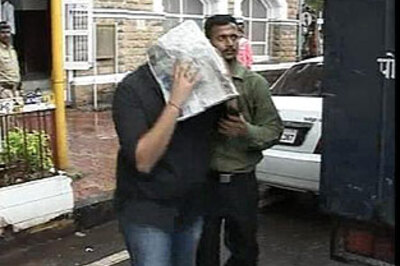

Comments
0 comment